Wandering Zen Buddhist monks were responsible for the spread of tea throughout Asia. Sent to bring Zen back from China, they returned home to Japan with tea plants and leaves as early as 611 CE. Buddhist monks used tea for three reasons: meditation, digestion and to suppress sexual desire.
During the Nara period around 700 CE, one monk in particular, Gyoki dedicated his entire life to the cultivation of tea in Japan, during which time he built 49 temples, each with a tea garden. Also, during this time, Cha Ching, history's first book on tea, was written by a Buddhist monk.
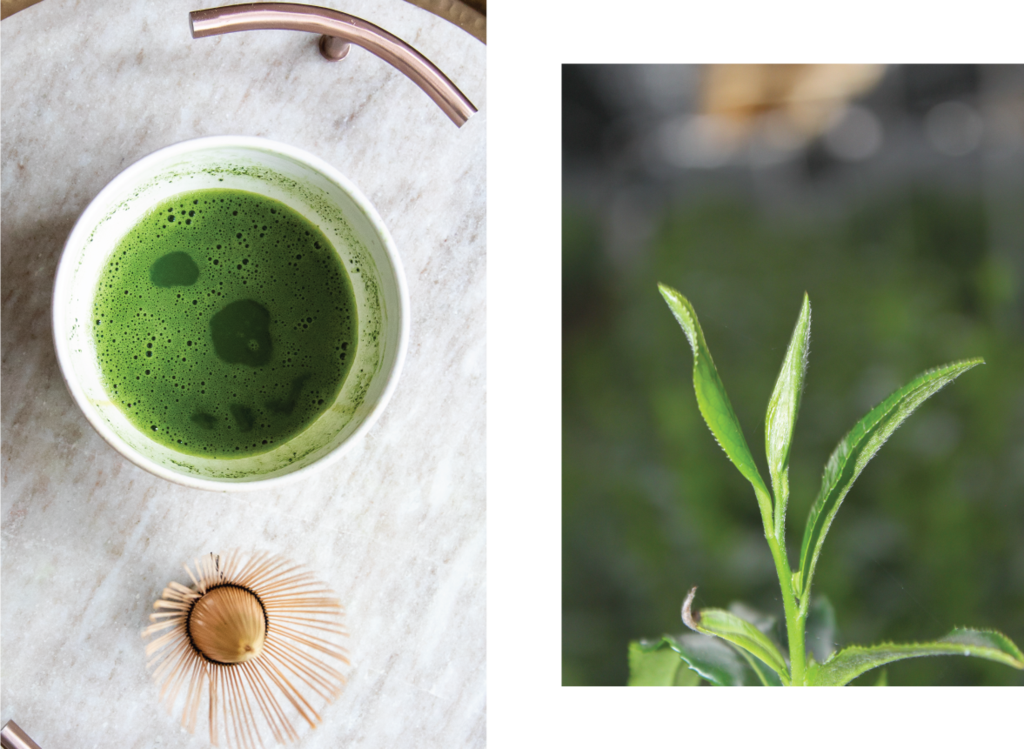
ZEN & MATCHA: 12TH TO 13TH CENTURY
It wasn't until the 1100s that tea came into its own in Japan. At that time, a Zen Buddhist monk, Eisai, brought matcha, a powdered tea meant to be whisked with water, back from a trip to China and began the ceremonial use of this ground green tea.
During this time, the Zen monks taught that if Zen and meditation are to flourish and grow, so must tea, for they are one in the same. Zen Buddhism is largely responsible for the widespread cultivation of tea across Asia. In fact, tea is so connected to the spiritual path that it owes its popularity, at least in part, to these monks that used it to achieve Zen mind–one of calm, alert focus. The Zen masters were so effective in cultivating tea that even today, you will find that most famous Buddhist temples across Japan, China and Korea are surrounded by tea plants.
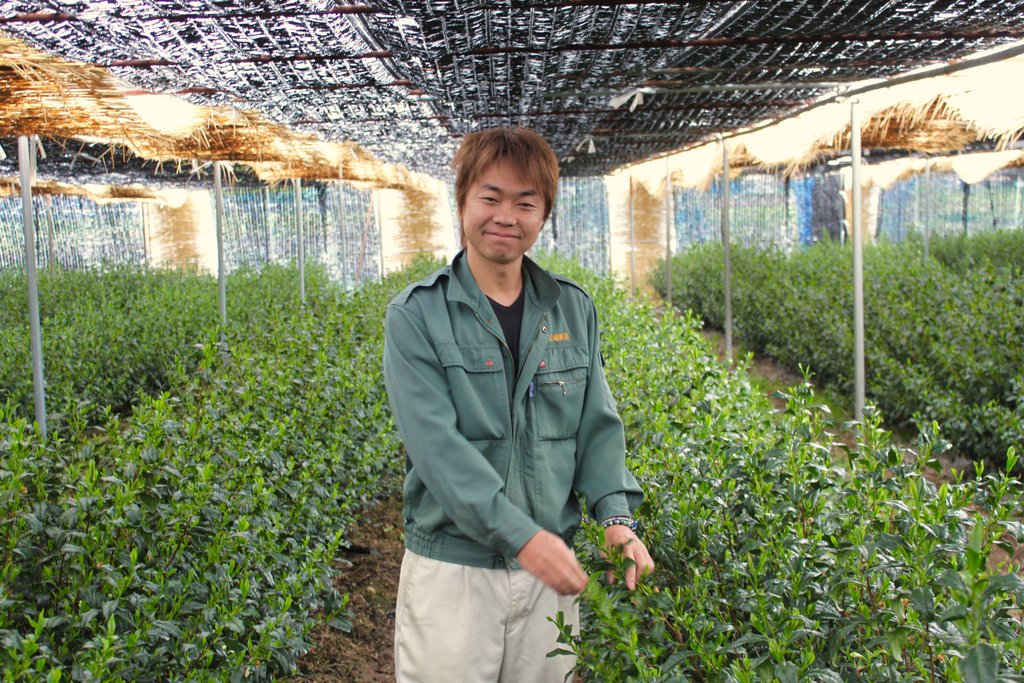
FROM TEMPLES TO TEA HOUSES: 14TH CENTURY
During the 14th century, tea was increasingly available and its consumption spread from the temples to tea houses. Tea became a part of everyday life in Japan. Even though tea had been around for more than 1500 years by this time, it did not really make its mark on Japanese culture until this time, the Muromachi Period.
TEA CEREMONY: 16TH CENTURY
In the 1500s, a Zen student named Murata Shuko brought the ritual of tea, which was already being practiced by the Samurai class, together with the cultivation, preparation and drinking of tea into a formalized ceremony–this is the ceremony that has survived into modern times. Shuko is credited for developing what we know today as the Japanese Tea Ceremony. In 1550 CE, Sen Rikyu, the "father of tea" in Japan, was credited with ritualizing the tea ceremony.
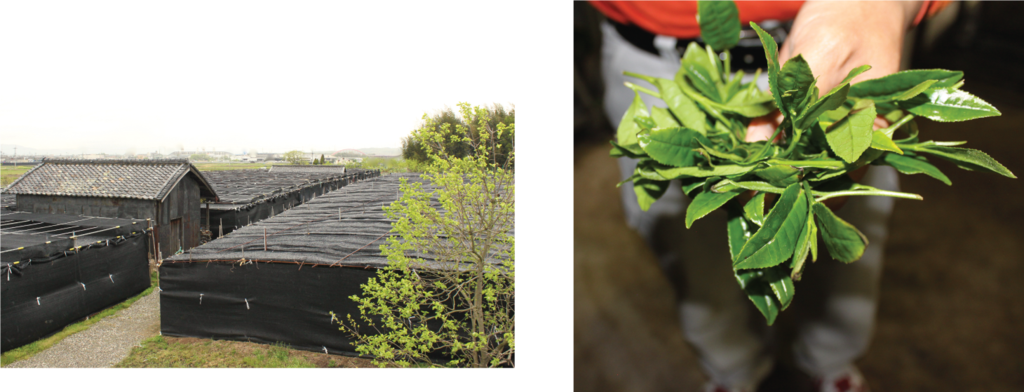
MODERN TIMES
From the 1600s forward, steeped tea rather than whisked matcha has become popular in Japan. Modern times have seen the creation of various types of loose-leaf teas that are now commonly produced across Japan and enjoyed globally. Six modern classic types of Japanese green tea are: Sencha, Genmaicha, Gyokuro, Kukicha, Hojicha and Matcha. Each is steamed and has its own unique characteristics. To read more about green teas in Japan, click here.


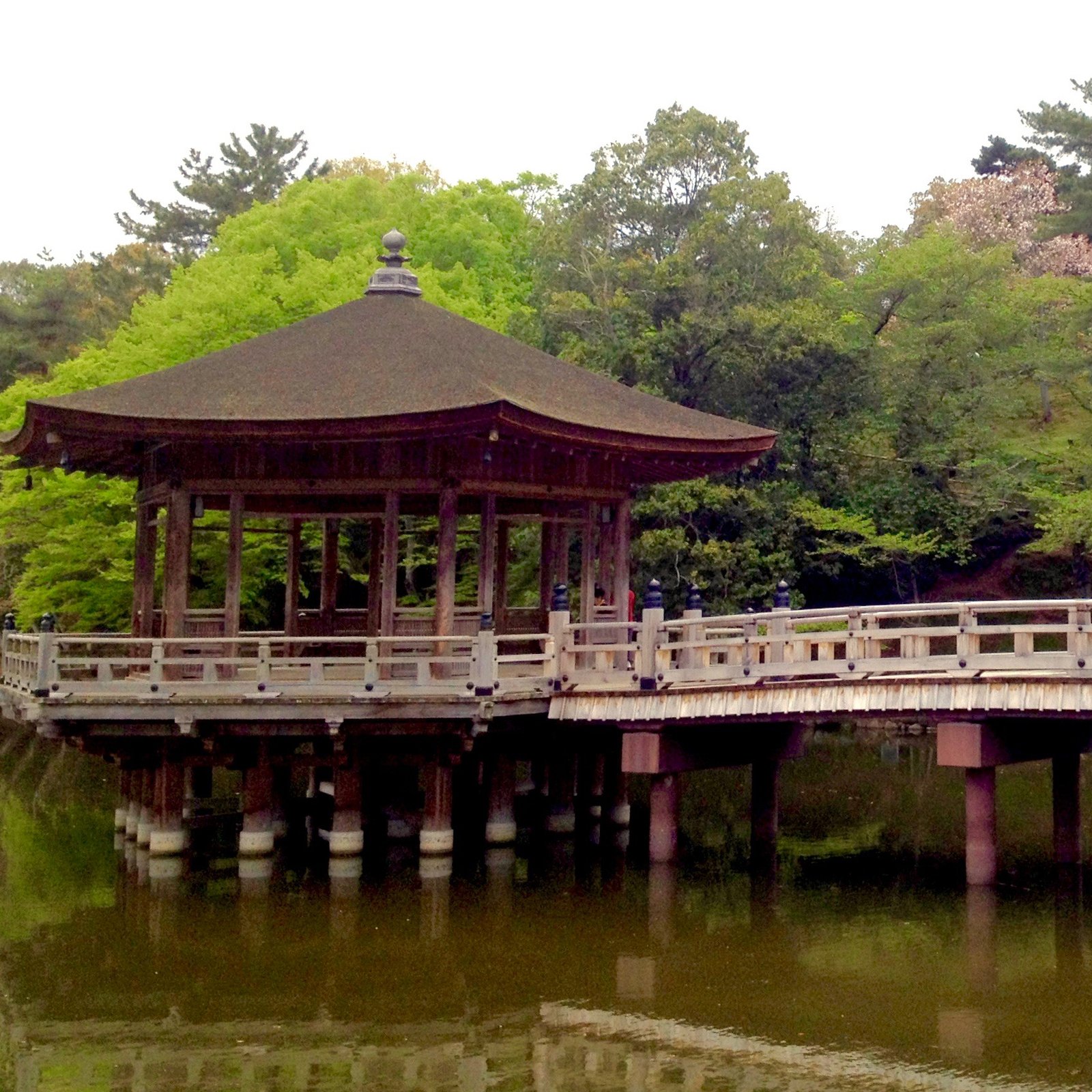


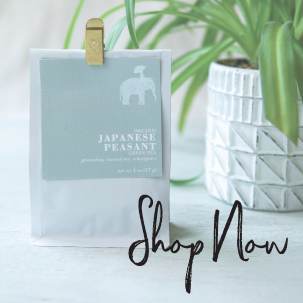
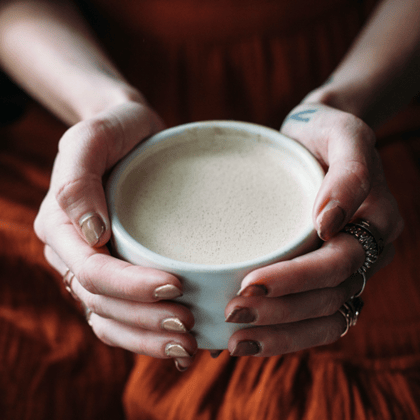
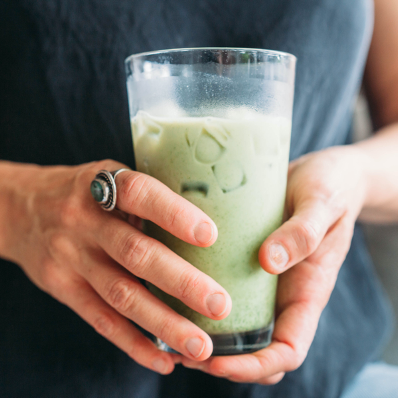

Leave a comment
Comments will be approved before showing up.